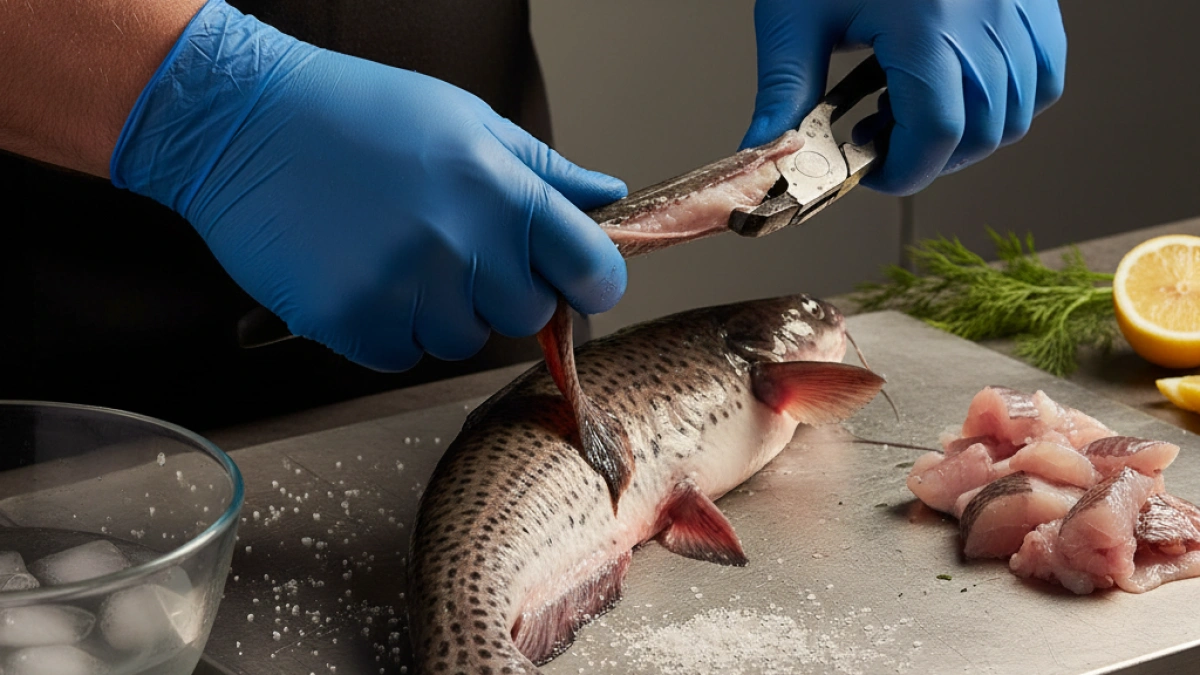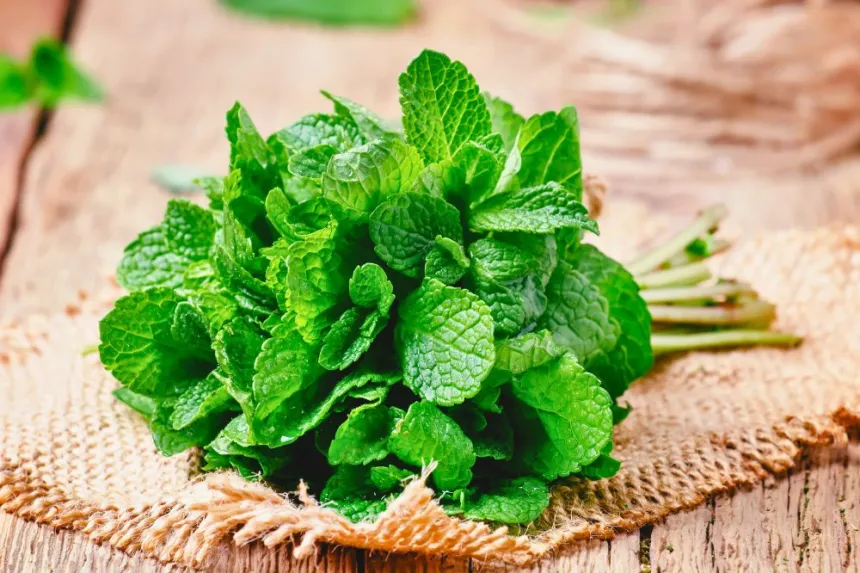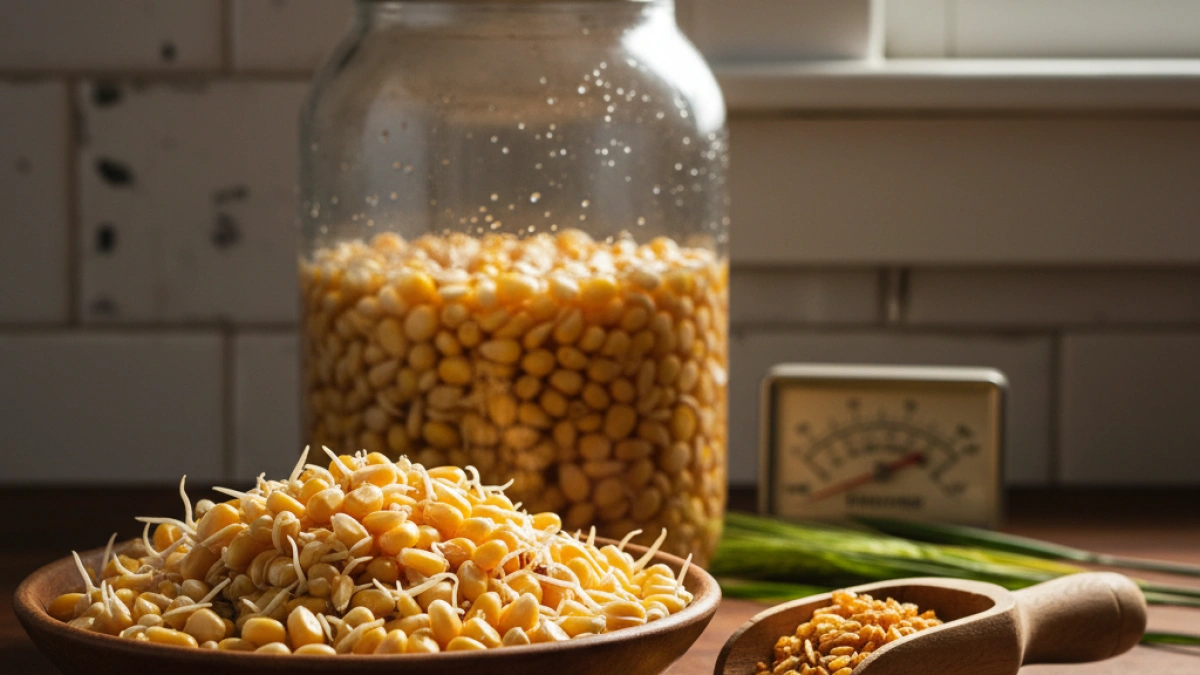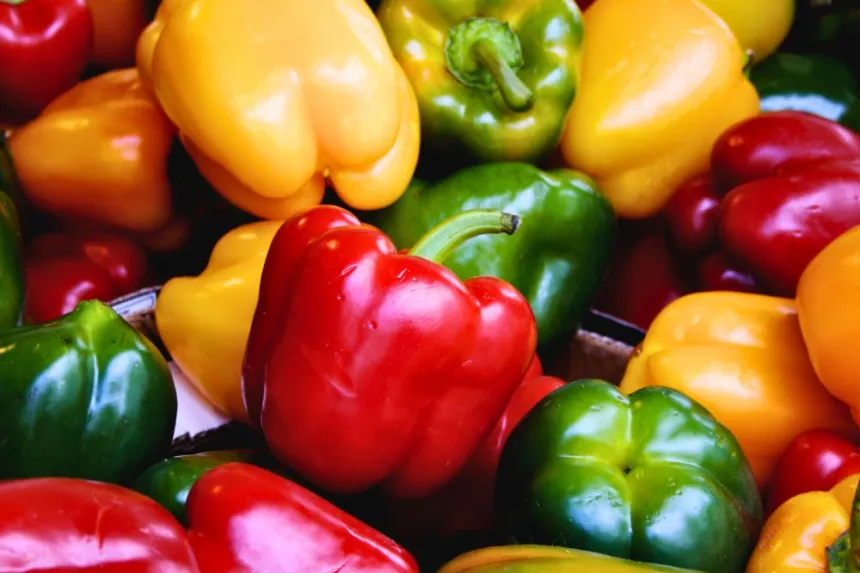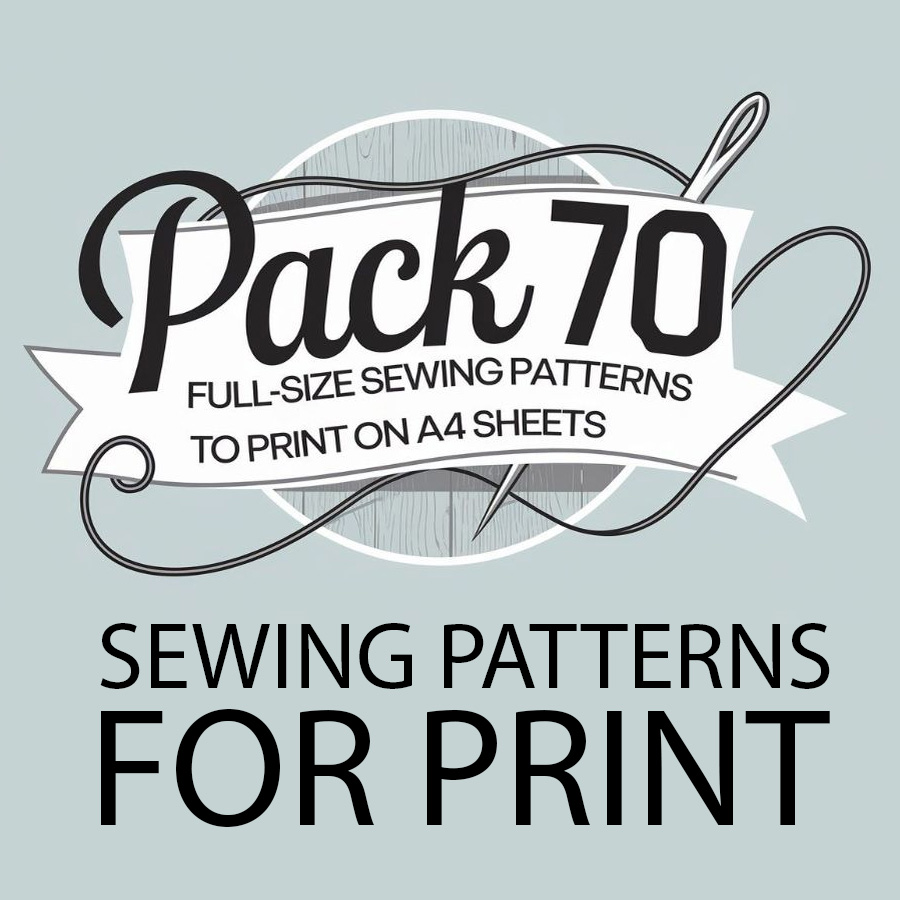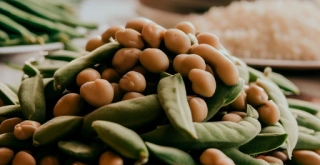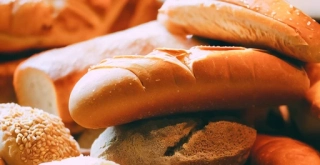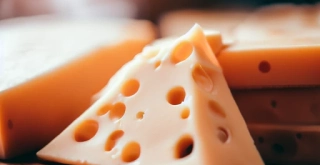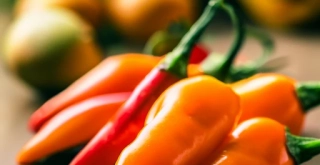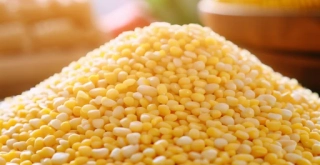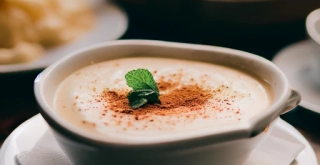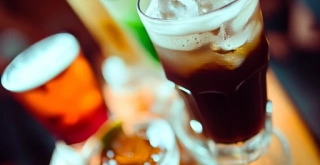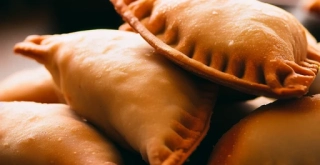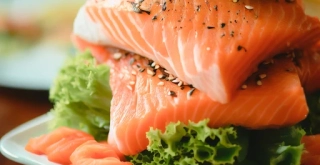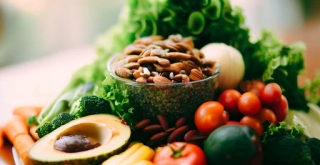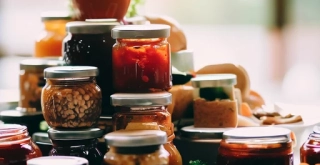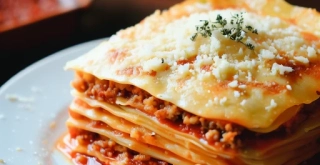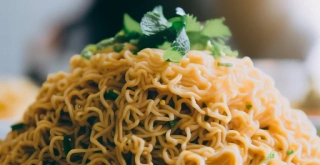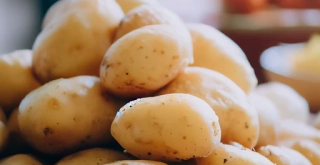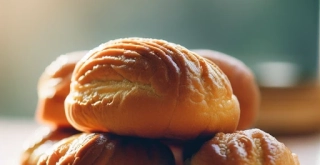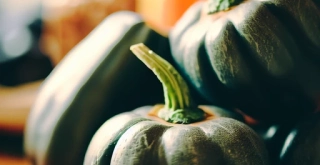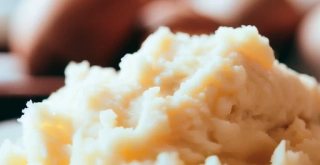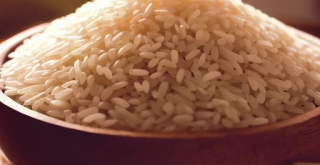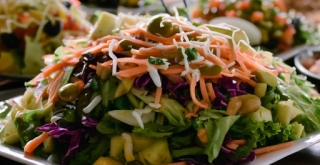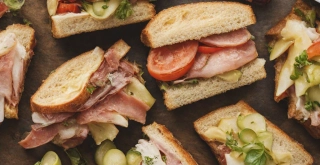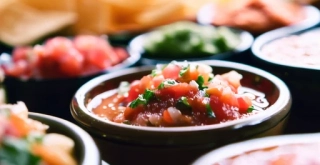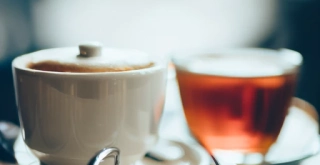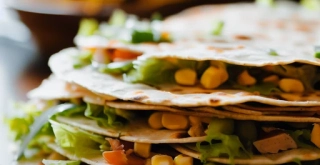Practical Guide to Recycling at Home: Essential First Steps
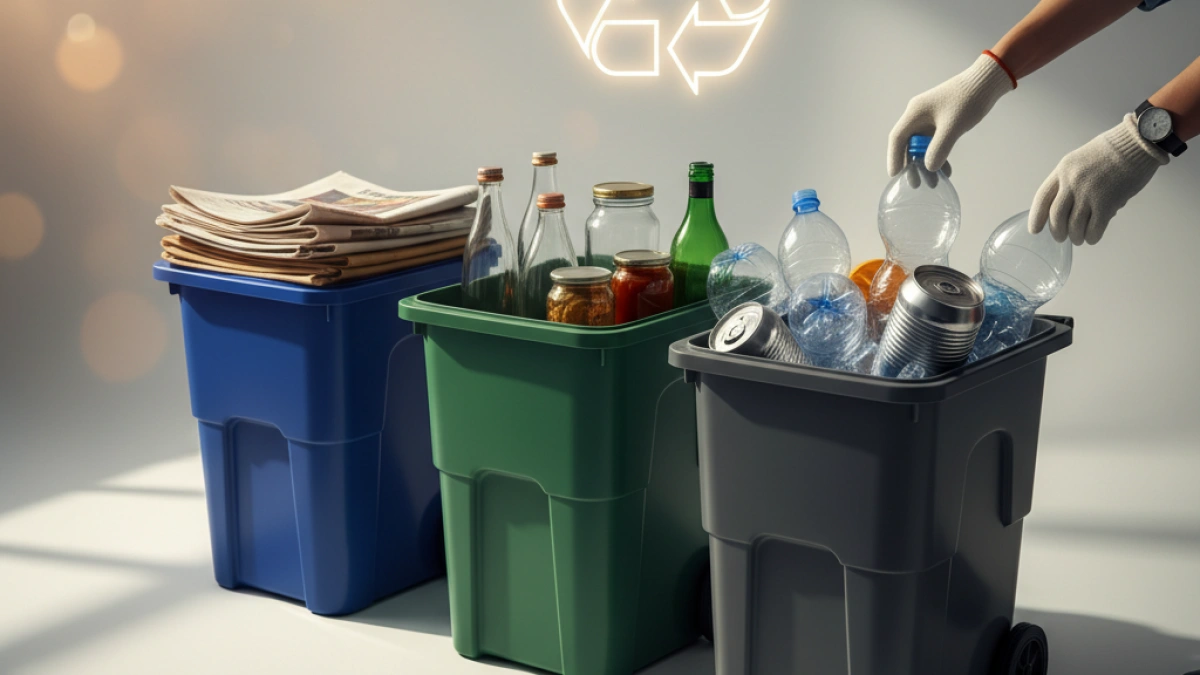
Recycling at home has become a priority for many people seeking to reduce their ecological footprint and contribute to environmental care. Transforming used materials into new products is essential for a sustainable future. Although reducing consumption is the greater goal for achieving a more eco-friendly life, recycling is a decisive step in this process. This guide offers a series of simple steps that can help those who wish to start their journey in home recycling.
Step 1: Separate Waste at Home
The first essential step is to classify waste according to its nature. To facilitate this task, it is advisable to have several bins or containers at home, which can be identified by color or labeled.
- Yellow bin: Plastic containers, cans, and bricks.
- Blue bin: Paper and cardboard.
- Green bin: Glass containers.
- Brown bin: Organic waste.
- Gray bin (or residual waste): Everything that cannot be recycled.
Proper separation of waste at home is crucial, as it simplifies the work in recycling plants and ensures proper handling of materials.
Step 2: Identify What to Place in Each Container
Once the containers are organized, it is essential to know which materials should go in each one. While basic separation may seem simple, there are details to consider.
Yellow Container: Plastic Containers, Cans, and Bricks
This bin is dedicated to lightweight containers.
- What to deposit: Plastic bottles (water and soda), cleaning product containers (like detergent and shampoo), plastic bags, food and beverage cans, aluminum trays, and milk or juice bricks.
- What NOT to deposit: Toys, toothbrushes, tires, diapers, chemicals, or paint containers. Plastics are identified with numbers from 1 to 7; the most common are PET (1) and HDPE (2), which are the easiest to recycle.
Blue Container: Paper and Cardboard
This container is reserved for clean paper and cardboard.
- What to deposit: Cereal or shoe boxes, newspapers, magazines, books, notebooks (without metal spirals), egg cartons, and paper bags.
- What NOT to deposit: Used kitchen paper or napkins, wax paper, aluminum foil, photographs, toilet paper, purchase receipts (thermal paper), and cardboard stained with grease, like pizza boxes.
Green Container: Only Glass Containers
This bin is for glass containers used for food or beverages.
Read also
- What to deposit: Bottles (like wine and beer), cologne bottles, and jars (jam, legumes).
- What NOT to deposit: Broken glass from glasses or windows, mirrors, light bulbs, ceramics, porcelain, or containers that held medications.
Brown Container: Organic Waste
This container is designated for organic and biodegradable waste.
- What to deposit: Leftover fruit and vegetable scraps, eggshells, coffee and tea grounds, and other food leftovers. Garden waste such as dried leaves can also be included.
- What NOT to deposit: Cigarettes, ash, band-aids, dressings, gauze, diapers, or sanitary towels.
Gray Container: Residual Waste
Here, all items that cannot be recycled should be placed.
- What to deposit: Diapers, broken pans, unusable toys, glass, cutlery, cigarette butts, metal wrappers, and toilet paper.
Step 3: Implement the "Golden Rule": Clean, Dry, and Crush
To ensure that the effort to recycle is effective, it is advisable to follow these three simple steps before discarding containers in the bins:
- Clean: Rinse containers (cans, bottles, bricks, glass jars) lightly to remove food or liquid residues, thus avoiding contamination of other recyclable materials.
- Dry: Let the containers dry. This is especially important for paper and cardboard, as moisture can damage their fibers and hinder recycling.
- Crush: Compress plastic bottles and cans, and flatten cardboard boxes. This will help save space at home and optimize transportation, reducing the carbon footprint of the collection process.
An additional tip is to keep the plastic caps on the bottles after they have been crushed to ensure their recycling.
Step 4: Manage Special Waste
Some waste is not suitable for conventional containers because it is hazardous or requires special treatment:
- Used cooking oil: This should not be disposed of in the sink or toilet. It is advisable to store it in containers and take it to a specific collection point (often in orange bins).
- Batteries: These are highly polluting and must be deposited in special containers found in supermarkets, pharmacies, or clean points.
- Electronic devices, light bulbs, and furniture: These bulky waste items should be delivered to the clean points of the municipality.
- Clothes: If they are in good condition, it is recommended to donate them to charities or deposit them in specific textile containers. If they are in poor condition, they should go to the organic waste bin.
- Medications: Expired or no longer needed medications should be returned to pharmacy collection points.
Step 5: Adopt the "3 Rs" in Daily Life
Recycling is just one part of adopting a sustainable lifestyle. The waste hierarchy indicates that, before recycling, it is necessary to:
- Reduce: This is the most fundamental action. Choosing products with less packaging, buying in bulk using personal containers, and avoiding disposable products contribute to reducing environmental impact.
- Reuse: Give a second life to containers. For example, glass jars are ideal for storing food, and cans can be transformed into plant pots or pencil holders, encouraging creativity.
By following this guide, you will not only be recycling materials correctly but also contributing to the conservation of natural resources, energy savings, and the creation of a healthier planet for everyone. Every small gesture counts in the fight for a more sustainable future.
For more tips on recycling and sustainability, you are invited to continue exploring the content on this blog.
